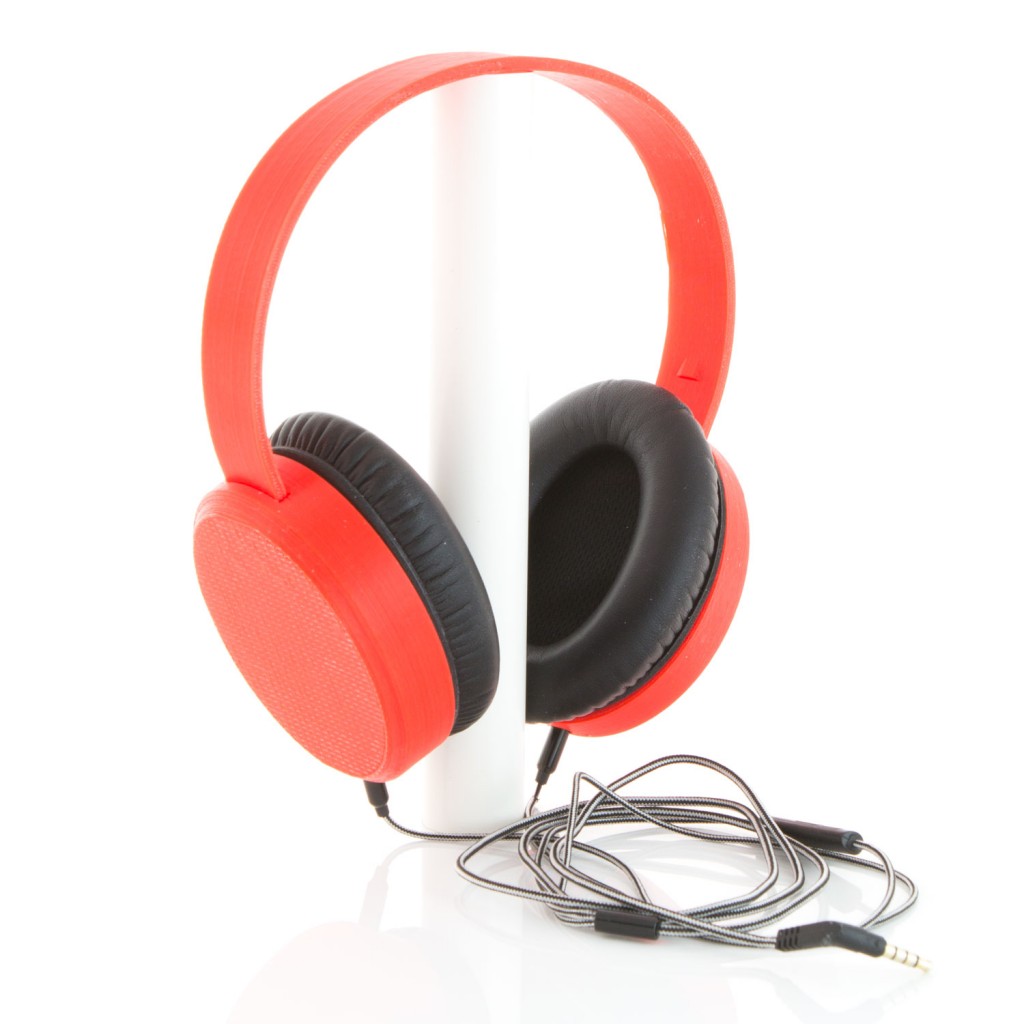
DIY 3D Printed Headphones
Designer:
Shannon Ley
Project Category:
Headphones/Accessories
Project Level:
Advanced
Project Time:
20+ Hours
Project Cost:
Under $100
Project Description:
A while ago I was wondering whether it was possible to make a great sounding pair of 3D printed headphones using readily available off the shelf drivers. There weren’t many people who had done so on the internet, and there were few resources available on how to make headphones sound great, so it ended up being an awesome project!
Using Dayton Audio CE38MB-32 drivers, my first pair were a very simple open back design, built to validate whether or not headphones were ‘do-able’. They sounded great, but once I built a closed back design, things didn’t sound so good! I then built a frequency response test rig (see photos) and explored the effect of all the design variables. All my findings can be found at www.homebrewheadphones.com
The test rig uses a flat plate rather than human ear shape (that will be on the next version!), so is somewhat limited in its findings, but was extremely handy nevertheless.
The final headphone design incorporates all the findings from my testing. It also includes a 3D printed adjustable headband and removable cables.
The parts for a build cost around $35 in total.
Design Goals:
I wanted a design for which as many of the parts as possible could be 3D printed, and the ones that couldn’t (eg drivers, cushions etc) to be cheap and readily available. Needless to say, the sound had to be great too.
Driver Selection:
Daytion Audio CE38MB-32 – they are cheap, readily available and sound good.
Enclosure Design:
My testing showed that volume of the enclosure didn’t have as much impact on the frequency response as some other variables, so there was little science behind the enclosure design – they were mainly designed around aesthetics and packaging of all the components. I did try to minimise the volume somewhat, as the low end frequency response needed attenuation to flatten the frequency response curve.
Tips & Tricks:
In a closed back housing, the Dayton Audio CE38MB-32 drivers give way too much bass relative to the treble. I found that blocking all but one of the holes on the back of the drivers reduced their low end frequency response, making the overall frequency response curve much flatter.
Spot gluing the drivers in (rather than gluing around the entire perimeter) also helped flatten the frequency response curve.
Conclusion:
It took a lot of work and testing (to understand how the design variables affect the sound), but I am very happy with the result, both in terms of how they sound and look.
About the Designer:
Former automotive engineer and tinkerer, now entrepreneur and tinkerer.
Parts Used:
Dayton Audio CE38MB-32 drivers part # 285-131
Bose QuietComfort QC15 QC2 replacement ear cushions
Sol Republic Master Tracks HD V8 V10 V12 X3 replacement cable
2 x 2.5mm audio jacks
4 piecies of approx 10cm (2″) long hookup wire with ends stripped
Loctite Gel Super Glue
Plasticine

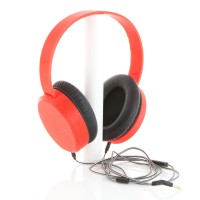
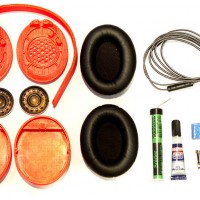
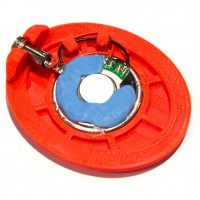
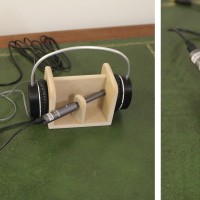
i love the idea, now i want a custom set.